Despite perceptions that farms are safe, wholesome places for children, farms are actually quite dangerous workplaces. They are the most dangerous workplace that large numbers of children are allowed to work, beginning at age 12, because of lax child labor laws in the U.S.
According to the National Children’s Center for Rural and Agricultural Health and Safety about every three days a child dies in an agricultural-related incident, and every day about 38 children are injured on farms. About 80 percent of the nearly 8,000 injured youth in 2012 were not working when the injury occurred, notes the Children’s Center, which suggests that over 1,500 youth were working for wages when they were injured on the farm.
According to the National Institute for Occupational Safety and Health (NIOSH), in 2012 more than 955,400 youth lived on the 2.2 million farms in the U.S.; 49 percent of these youth worked on their farm. About 258,800 non-resident youth were hired in agriculture that year (an increase of over 28,000 youth workers from the prior year.)
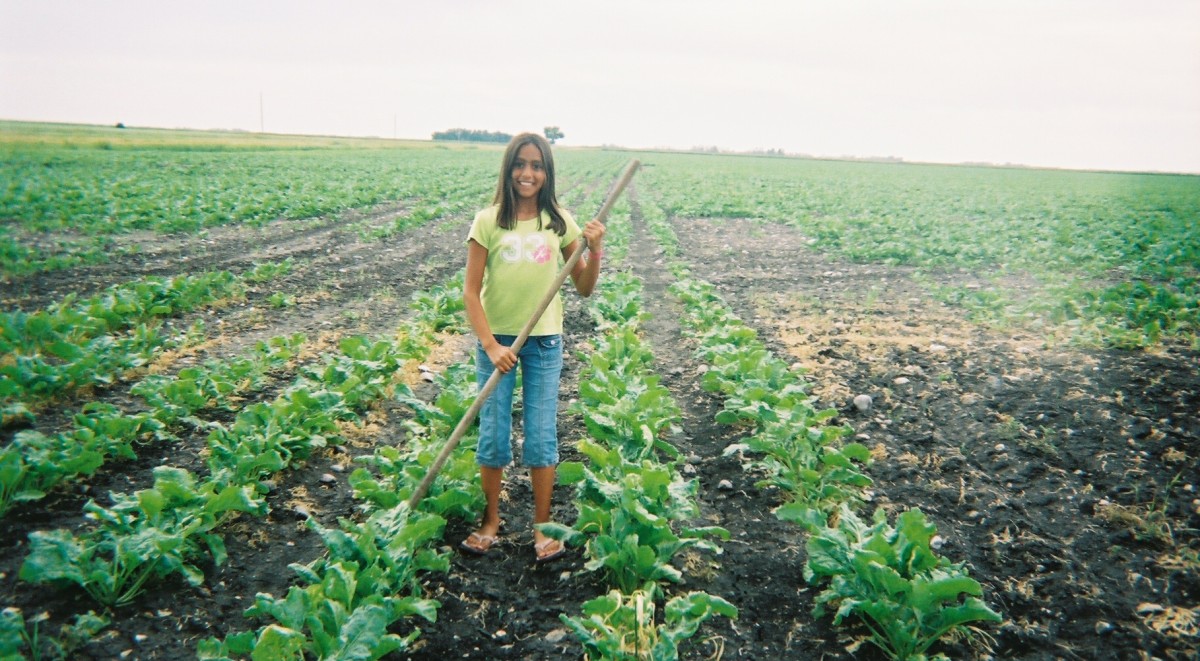
A young US farmworker (Photo courtesy of the Association of Farmworker Opportunity Programs)
Americans are reluctant to admit it, but farms are very dangerous. Agriculture is consistently ranked as one of the most dangerous industries in America. In its 2008 edition of Injury Facts, The National Safety Council (NSC) ranked it as the most dangerous industry with 28.7 deaths per 100,000 adult workers. The fatality rate among youth workers in 2009—21.3 per 100,000 fulltime employees—means it the most dangerous sector that youth under 18 are allowed to work in.
According to NIOSH data from 1995 to 2002, about 115 youth under 20 died on farms each year and about 15,876 farm related injuries occur to that age group. There is a glaring lack of recent fatality studies in agriculture. The Rural Mutual Insurance Company’s website has data that suggests there were 63 child deaths on farms in 2015.
A 2013 piece in The Nation titled “Regulations are Killed, and Kids Die” bemoaned the lack of data. In the words of reporter Mariya Strauss, “The experts I called were vexed by the lack of available data on farmworker children. ‘The big story is, we don’t have a surveillance system,” says Amy Liebman, director of environmental and occupational health for the Salisbury, Maryland–based Migrant Clinicians Network. The CFOI numbers give ‘a general sort of idea,’ she adds, but ‘they really miss some of the hired teen workers.’”
Because of the type of mechanical equipment used on farms (augurs and other type of metal blades that spin) and machinery like tractors which are prone to tip over, farm accidents often produce disabling injuries and high rates of amputation. A Kansas State University (KSU) study in 2007, noted that farms produced more than 80,000 disabling injuries.
A 2006 study by researchers at the Centers for Disease Control and Prevention, found that nearly three in four deaths among working youth were caused by vehicles and machinery. The report authors found that young workers in agriculture were 3.6 times more likely to die than young workers in other sectors; a 15-year-old teen in crop production had six times the fatality rate of all 15-year-old workers. Despite these disturbing facts the nation’s agricultural lobby has steadfastly opposed increased youth safety regulations on farms.
Agriculture’s danger for teens is well documented. Between 1992 and 2000, more than four in 10 work-related fatalities of young workers occurred on farms. Half of the fatalities in agriculture involved youth under age 15. For workers 15 to 17, the risk of fatal injury is four times the risk for young workers in other workplaces, according to U.S. Department of Labor’s Bureau of Labor Statistics.
Examples of recent farm tragedies follow:
- Amos King, age 11, died in a farm accident in Lancaster County, Pennsylvania when a 1,200 pound bale of hay fell on him in January 2016. Amos was a member of the Amish community. He died one day after an 8-year-old boy suffered very serious leg injuries when his leg became stuck in some farm machinery on a nearby farm.
- An unidentified Canadian boy, 10, was killed while driving a forklift in November 2015 near his family’s farm near Killam, Alberta. The machine drove into a ditch and rolled over. In the U.S., forklifts are considered too dangerous for minors to drive, unless they are in agriculture when 16-year-olds are allowed to drive them. But, children working on their parents’ farms are exempted from all safety laws.
- In May 2015, 9-year-old Charlotte Anne “Charlie” VanKempen of Herman, Minnesota died in a rock-picking incident. She was apparently run over by a vehicle in a field as she cleared it of rocks that had been unearthed over the winter. Details of whether she was working for wages or working on a family farm were not provided in published news reports.
- In September 2014, Troy Gorr of Monroe, Wisconsin died while working on a farm when the tractor he was operating overturned.
- In July 2014, a 9-year-old Wisconsin boy died in a Grant County grain bin accident as he tried to loosen a stuck augur (it is not clear if he was working for wages.)
- That same month, a 17-year-old Greencastle, Indiana teen died after he was crushed by a back-hoe that he lost control of on a farm.
- In September 2013, a 17-year-old in Heidelberg Township Pennsylvania was killed when his leg became entangled in a corn baler and he was pulled into the machine. The boy died of multiple blunt force trauma.
- In August 2013, a boy, 9, was critically injured in Martic Township, Pennsylvania when he was caught in a diesel-powered alfalfa crimper.
- In July of 2013, near Pesotum, Illinois, 79 teens working in a corn field fell victim to fungicide poisoning as they were sprayed by drift from a plane treating an adjacent field. The teen workers were treated at local hospitals mostly for skin irritations.
- In July 2013, a 12-year-old Jamesport, Missouri youth was seriously injured when a tractor being driven by his 14-year-old brother drove over him after it hit a bump and knocked the younger youth off.
- That same month in Frankford, Missouri, Michael Steele, 15, was killed when he fell off a tractor and was run over by a trailer being pulled behind the tractor.
- In Fairfield, Iowa that month, 16-year-old Jordan Baker died when he was pinned under a tractor that rolled over.
- In June of 2013, 15-year-old Jacob Moore of Ridgeville, Iowa suffered serious but not life-threatening injuries when he was pinned under a tractor that had rolled over.
- In Minnesota in June 2013, an 11-year-old boy was injured in Bellevue Township when he was run over by a rock wagon driven by another juvenile. The boy was “picking rocks” from fields—a common farm activity.
- In November 2012, 14-year-old Henry Lap died when he became trapped under a disc being pulled by mules. He fell from the equipment’s platform and under a rig.
- In July 2012, Curvin Kropf, 15, was killed when working on a machine that cut corn stalks. The youth fell off of the machine and was run over.
- Kelsey Helen Graves, age 13, died in Fort Collins, Colorado in July 2012, when she was cleaning a filter on an irrigation system and was electrocuted. She was working on her family farm.
- In August 2011 in Kremlin, Oklahoma, two 17-year-olds, Bryce Gannon and Tyler Zander, lost their legs in a grain augur they became entrapped in.
- In July, 17-year-old Jordan Ross Monen of Inwood, Iowa was killed in a farm accident. Monen was working on a cattle shed door from inside a payloader bucket when the payloader, which was being operated by another worker, accidentally moved forward and crushed him against the header of the doorway.
- In Tampico, Illinois, in July, two 14-year-old girls, Jade Garza and Hannah Kendall, were electrocuted while working to remove tassels on corn after coming into contact with a field irrigator on a farm.
- In March 2011, two teens, Nicholas Bledsoe, 19, and Justin Eldridge, 18, were working at their after-school job at a farm in Okawville, Illinois when they were electrocuted as a pole they were carrying touched a power line, killing them both.
- In December 2010, a 16-year-old named John Warner was killed when his clothing became entangled in the shaft of a manure spreader in Arcanum, Ohio.
- In late August 2010 in Etna Green, Indiana, 13-year-old Wyman Miller, a member of an Amish community, was tending to some horse when he was apparently struck or crushed by the horses. He died of blunt force trauma.
- In July 2010, 14-year-old White Whitebread suffocated in a grain bin beside 19-year-old co-worker Alex Pacas, who had jumped in to try to save him. The accident occurred in Mount Carroll, Illinois.
- In July 2010 in Middleville, Michigan, 18-year-old Victor Perez and 17-year-old Francisco M. Martinez died after falling into a silo they were power washing.
- David Yenni, a 13-year-old was killed in a grain loading accident at a Petaluma, California mill in August 2009. The boy, who was working with his father, climbed on top of an open trailer for unknown reasons just as the father was emptying it into an underground storage tank. Somehow, he became trapped in the funneling material. Would-be rescuers were able to grab his arm but could not free him from the grain until it was too late.
- In May 2009, Cody Rigsby, a Colorado 17-year-old was working in a grain bin when he vanished. It took rescuers six hours to find his body.
While many farm deaths occur to the children of farmers on their parents’ farms, the same dangers that imperil the sons and daughters of farmers hold some danger for hired farmworkers, although their rate of injury seems to be lower.

Yesenia, age 12, harvesting onions in South Texas (Photo courtesy of Robin Romano)
Loopholes in current child labor law allow children to work in agriculture at younger ages than children can work in other industries. It is legal in many states for a 12-year-old to work all day under the hot summer sun with tractors and pickup trucks dangerously criss-crossing the fields, but that same 12-year-old could not be hired to make copies in an air-conditioned office building. Because of the labor law exemptions, large numbers of 12- and 13-year-olds—usually the sons and daughters of migrant and seasonal farmworkers—can be found working in the fields in the United States.
Farmworker advocates believe that an estimated 300,000 to 400,000 youth under the age of 16 help harvest our nation’s crops each year, and exemptions allow even younger kids to work legally on very small farms. Field investigations by the Association of Farmworker Opportunity Programs (AFOP) and Human Rights Watch, who are both members of the Child Labor Coalition, have found 9- and 10-year-old children working in the fields under harsh conditions.
The National Consumers League and the Child Labor Coalition believe that the long hours of farm work for wages for children under 14 is dangerous for their health, education, and well-being, and should not be allowed. We support legislative efforts that would apply child labor age restrictions to all industries, including agriculture, although the legislation does exempt the sons and daughters of farmers working on their parents’ farm.
On May 5, 2010, Human Rights Watch released “Fields of Peril—Child Labor in U.S. Agriculture,” the results of a year-long investigation. The report details the arduous work and harsh conditions that many youths who work on farms are subjected to.
Exemptions in the law also allow teens working on farms to perform tasks deemed hazardous in other industries when they are only 16—as opposed to 18 for the other industries. For example, a worker must be 18 to drive a forklift at retail warehouse, but a 16-year-old is legally allowed to drive a forklift at an agricultural processing facility. NCL does not believe such exemptions are justified. Driving a forklift is a very dangerous activity and should not be undertaken by minors.
In agriculture, 16- and 17-year-olds are permitted to work inside fruit, forage, or grain storage units, which kill workers every year in suffocation accidents; they can also operate dangerous equipment like corn pickers, hay mowers, feed grinders, power post hole diggers, auger conveyors, and power saws. NCL and the Child Labor Coalition, which it coordinates, are working to eliminate unjustified exemptions to U.S. Department of Labor safety restrictions based on age.
Each year, about two dozen workers—including several youth—are killed in silos and grain storage facilities. Purdue University found that 51 men and boys became engulfed in grain facilities and 26 died. NCL believes these facilities are too dangerous for minors.
The U.S. Department of Labor has tried to prohibit work by minors when it proposed occupational child safety rules for farms in September 2011. Unfortunately, because of political pressure from many members of the farm community, DOL abandoned its attempt to increase hazardous work protections for agriculture. These common-sense protections would have targeted only the most dangerous farm jobs for children.
Cheryl Monen, who lives in the small northwestern Iowa community of Lester, is a mom who lost her son to one of the farm accidents we detailed in July 2011. She regrets the Obama Administration withdrawal.
“I feel so guilty about it now. I just had not put it together how terribly dangerous it was and the risks he was in,” Monen told the Associated Press. “I really struggle with that. Now, I really wish I never suggested he get a job.”
Despite the sobering data on the dangers of agriculture injuries and fatalities, things are slowly improving and NIOSH notes that the rate of agricultural injuries among children declined by 56 percent between 1998 and 2009. We believe that the robust health and safety efforts within the agricultural community has played a significant part in this reduction.

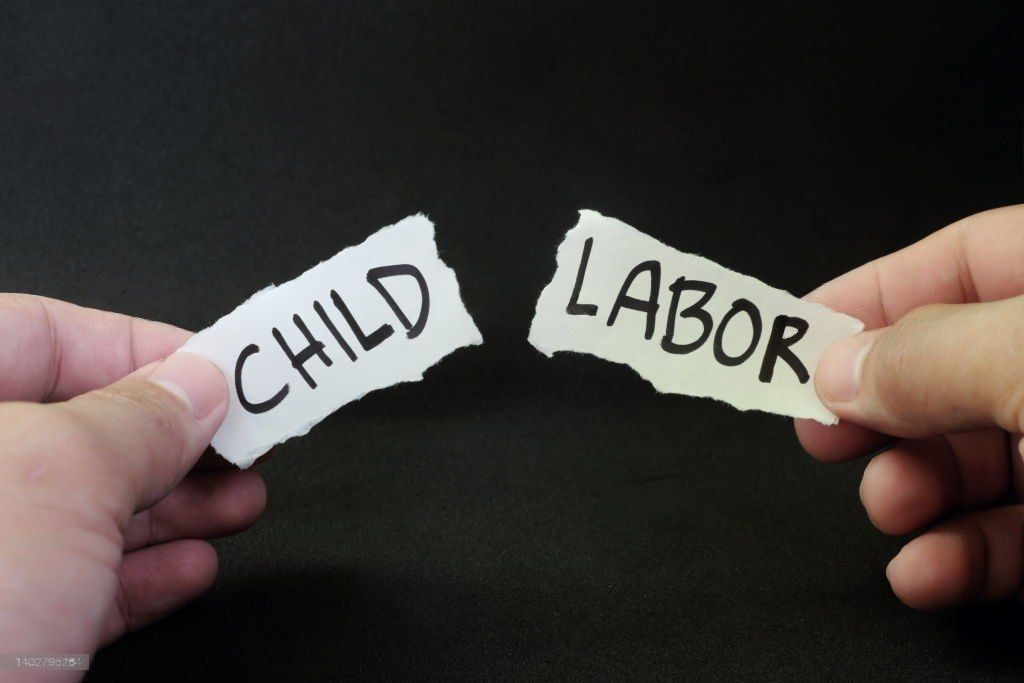


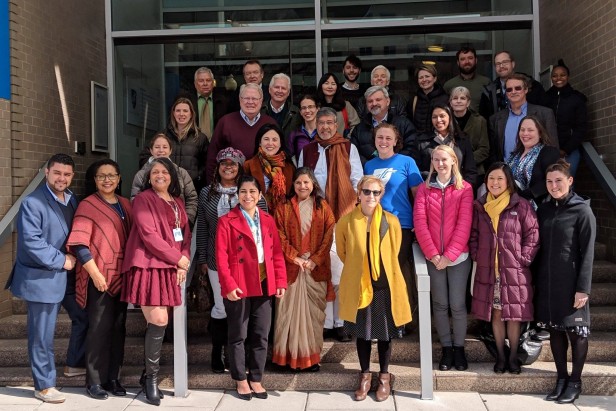
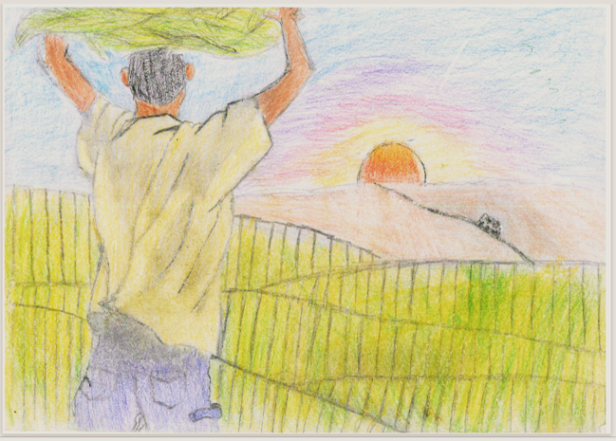
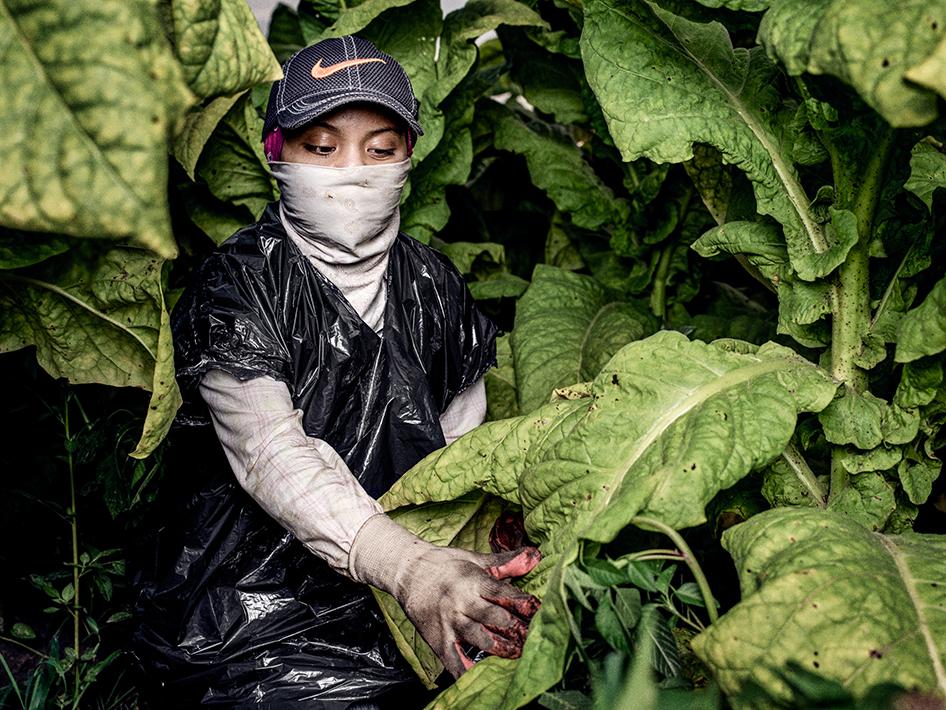

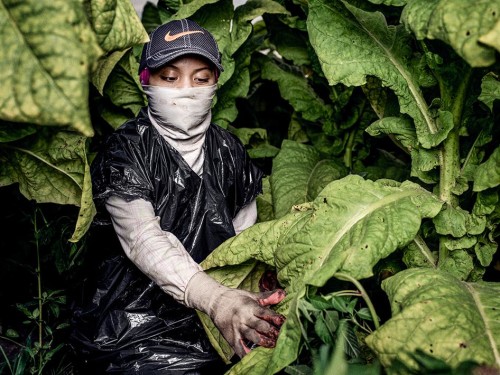
 Today’s headlines and top hashtags are showing that a powerful movement is building, and its being led by women.
Today’s headlines and top hashtags are showing that a powerful movement is building, and its being led by women.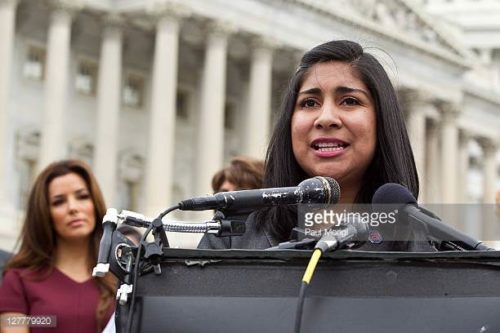
![In the U.S., many teens who work in tobacco fields wear plastic garbage bags to try to avoid nicotine poisoning. [Photo courtesy Human Rights Watch]](https://stopchildlabor.org/wp-content/uploads/2022/08/1_201512_crd_us_tobacco_photo_2-180x180.jpg)


